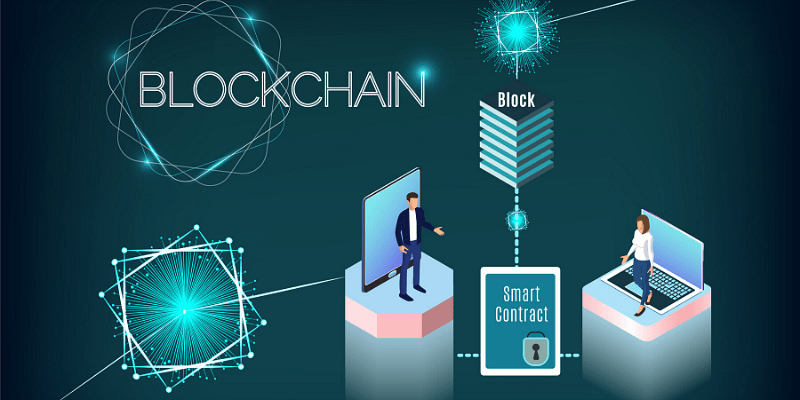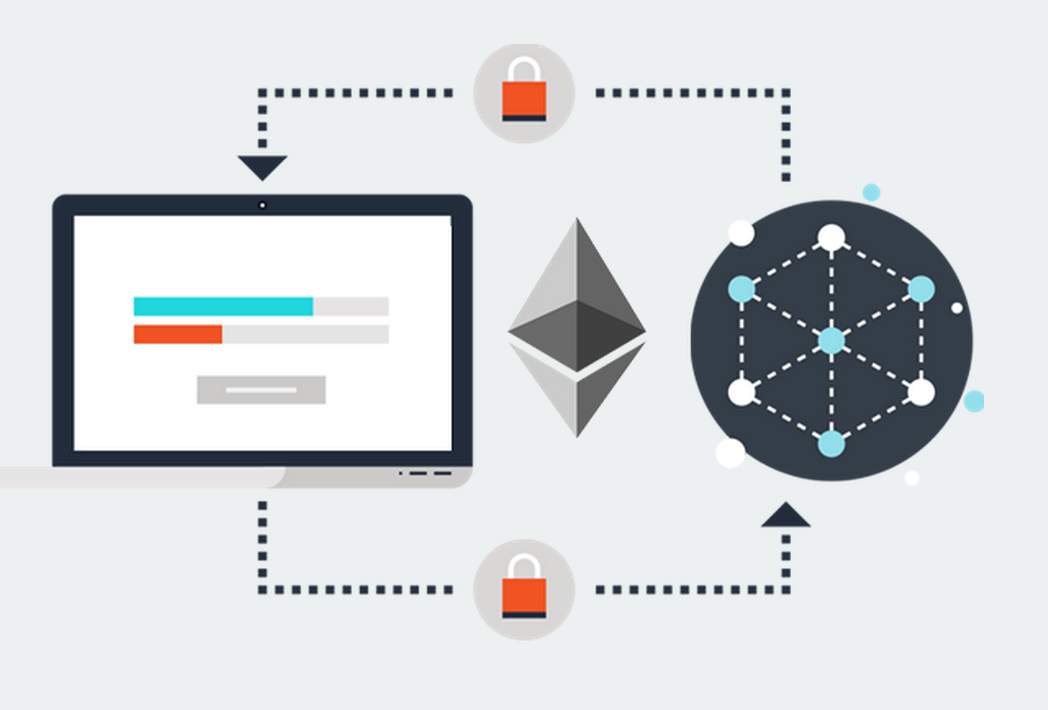
What Is Smart Contract in Blockchain?
It’s a piece of software that works on its own and does the task for you once the contract requirements are satisfied. Smart contracts on the blockchain provide transparency, accountability, and security for everyone involved.
There is less need for expensive third-party intervention from banks, brokers, and other firms. In a nutshell, smart contract development have achieved this.
Smart contracts may be utilized in a variety of contexts, two of which being payments (in cryptocurrencies or fiat money) and supply chains. To put it another way, more advanced technologies such as lending protocols and digital asset transfers include stablecoins and derivatives, as well as decentralized exchanges and insurances as well as random number generators and other forms of gaming.
In many cryptocurrencies and decentralized apps (DApps), the transfer of products, services, data and money between individuals and groups is made possible via the use of smart contracts. With smart contracts, banks and credit unions can either use an intermediary or do business directly with their customers. Smart contracts are an absolute necessity in DApps if they are to ensure the legitimacy, transparency, and trustworthiness of every transaction. Aside from that, they have to make certain that the transferred goods or services adhere to the conditions of the contract.
In a word, smart contracts ensure that each party fulfills their obligations under the contract they enter into.
Why DeFi Matters
A considerable period has passed since the term “banking” first appeared in any context. It’s something most people do every day. Their country has a number of major banks, and they know a lot of individuals who have accounts.
It’s possible that they’ll be startled to find how many individuals are unable to get a bank account or utilize mobile money because they lack one.
People in developing nations should be able to access financial products and services as well.

How DeFi Works
Decentralised Finance produces financial products that can be bought and traded via decentralized blockchains. With decentralized finance, there is no central authority or financial institution to facilitate transactions.
Permissionless blockchain-based financial solutions are made available to the general public through DeFi. A lot of individuals will benefit from this. People may communicate directly with each other without having to go through a financial institution thanks to the blockchain, which can be used to code financial products and services. To make borrowing, lending, saving, exchanging and so on simpler and more difficult at the same time is a double-edged sword. Traditional centralised finance is concerned about the rise of blockchain and cryptocurrencies, which are considered as potential threats.
What DeFi Does
DeFi has a wide range of advantages.
In order to get started, you don’t need to provide any personal information, like as your name or address, to create a “open” wallet. An account at a bank is more sophisticated, but this isn’t quite there yet.
When it comes to financial transactions, there is no need for typical banking methods such as wire transfers.
Although transaction costs vary depending on the blockchain network, for the time being, the rates are lower than those imposed by traditional banks.
Last but not least, DeFi apps act as “money Legos.” Anyone can create, change, combine, link, or build upon any DeFi product without permission. This is both a strength and a vulnerability for DeFi, since the entire DAI ecosystem might implode if a vital component, such as the DAI stablecoin, is compromised.
Aave or Compound will reward you with interest and/or rewards if you lend them bitcoins. While exchanging digital assets may be lucrative, it is also feasible to borrow them from a protocol. However, be aware of the potential dangers. Over-collateralization is required by several DeFi protocols, which implies that you must put up more money than you intend to borrow.
Liquidity mining is a DeFi mechanism in which customers contribute money into a pool of assets in order to get the benefits. Reallocate your investments to take advantage of the best interest rates.
You give up control of your assets when you utilize a centralized exchange like Coinbase or Binance. There’s no need for an intermediary while using decentralized exchanges, allowing for direct transactions. Users can publish new coins for trade on Uniswap and PancakeSwap. When fresh assets aren’t vetted, the risk increases, but you have a head start on the competition.
Derivatives: It is not always required to exchange particular currencies or tokens. The services offered by platforms like dYdX and Synthetix go much beyond spot trading. Users may also create “synthetic assets” that imitate traditional stock and commodity markets.

Get Started in DeFi
The odds are in your favor. How to proceed.
To get started, you’ll need an Ethereum wallet that can connect to DeFi protocols via your browser. One of the most popular apps is MetaMask.
DeFi protocol money must also be obtained. To begin, you’ll need Ethereum, or an ERC-20 currency, to get started. Then, you’ll be able to use most of the DeFi protocols immediately. First, you must convert your Bitcoin into an ETH form, such as Wrapped BTC.
Another thing you should do is this. This can be done in a variety of ways.
However expensive and competitive Ethereum may be, the most prominent DeFi projects do not believe it will lose its dominance in the sector any time soon. According to a recent study, the majority of individuals believe that the price of bitcoin will rise.
Giving away your cryptos is another option. Yearn.finance can help you find the greatest deals in one convenient location. A “yield farmer” may be made by lending out your cryptocurrency in exchange for governance tokens. Yield farming may make a lot of money, as evidenced by websites like yieldfarming.info.
Uniswap, for example, is a decentralized exchange where you can place your assets and earn fees from individuals buying and selling. Even if you’re competing with SushiSwap, you can still gain tokens for building up new markets, even if you’re not. A term for these tokens is yield-farming tokens.
As an illustration, the price of Based.token Money fluctuates daily due to a process known as “rebasing.” These include $YAM and $TENDIES. There are also volatile meme currencies like #KIMCHI and #SHRIMP.
Be aware of the dangers and blunders, but don’t be scared to give it a go! New and perilous territory exists within the realm of cryptography. Often, people discover weaknesses in smart contracts, demonstrating how the developers of the tokens have complete authority (and the project is not decentralized at all, after all). Caution.









